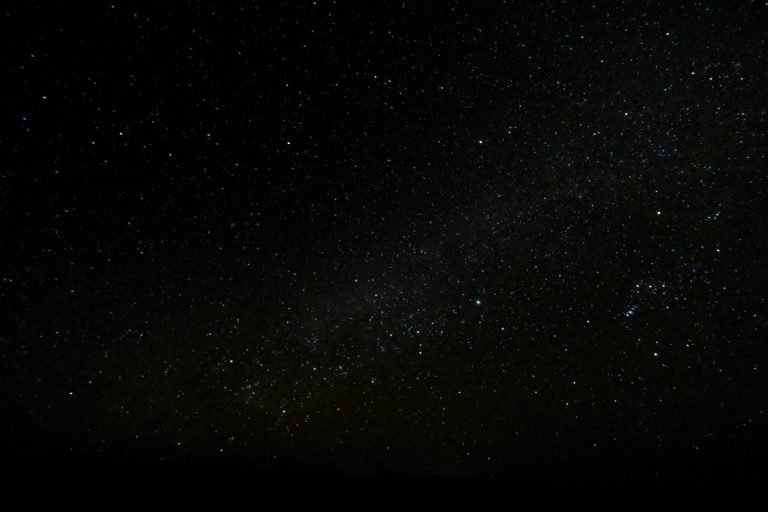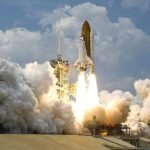The universe is a vast and amazing place. It’s full of mysteries and wonders that can be hard to imagine. Here are ten fascinating facts about the universe that are easy to understand and will make you think about just how incredible our cosmos is.
1. The Universe is Huge
The universe is so big that it’s hard to imagine. It’s expanding every day, meaning it’s getting even bigger. Scientists think that the universe started with a big explosion called the Big Bang, about 13.8 billion years ago. Since then, it has been growing larger and larger.
- Expanding Universe: The universe keeps stretching out.
- Size Comparison: The observable universe is about 93 billion light-years across.
2. There are Trillions of Stars
Our galaxy, the Milky Way, is just one of billions of galaxies in the universe. Each galaxy has billions of stars. Scientists estimate there are more stars in the universe than there are grains of sand on all the beaches on Earth.
- Milky Way: Has about 100 billion stars.
- Other Galaxies: There are billions of galaxies, each with its own stars.
3. Black Holes are Super Mysterious
Black holes are places in space where gravity is so strong that nothing can escape from them, not even light. They are formed when very large stars collapse at the end of their lives.
- Gravity: Extremely strong around a black hole.
- No Escape: Nothing can get out once it’s inside the black hole.
4. The Universe is Full of Galaxies
A galaxy is a huge collection of stars, gas, and dust all held together by gravity. There are billions of galaxies in the universe, each with its own unique structure and stars.
- Types of Galaxies: Spiral, elliptical, and irregular.
- Our Galaxy: The Milky Way is a spiral galaxy.
Read This Also: Artificial Intelligence: Balancing Innovation with Responsibility
5. Space is Almost Completely Silent
In space, there is no air to carry sound waves, so space is completely silent. Astronauts use radios to communicate with each other and with people on Earth.
- No Sound: Sound waves need air to travel, which is absent in space.
- Communication: Radios are used for talking in space.
6. The Sun is a Star
The Sun is a star at the center of our solar system. It’s a huge ball of hot, glowing gases that provides light and heat to Earth. Without the Sun, there would be no life on Earth.
- Sun’s Role: Provides light and warmth.
- Star Classification: The Sun is a medium-sized star.
7. There are Many Different Types of Planets
Planets come in many sizes and types. Some are rocky like Earth and Mars, while others are gas giants like Jupiter and Saturn. There are also icy planets like Neptune.
- Rocky Planets: Earth, Mars, Venus.
- Gas Giants: Jupiter, Saturn.
- Icy Planets: Neptune, Uranus.
8. The Universe is Full of Cosmic Dust
Cosmic dust is tiny particles found throughout space. These particles come from dying stars, exploding supernovas, and even from planets. They help in forming new stars and planets.
- Sources: Dying stars and supernovas.
- Role: Helps in the creation of new stars and planets.
9. There are Supernovae Explosions
A supernova is an enormous explosion that happens when a star reaches the end of its life. During a supernova, a star bursts out and releases a huge amount of energy. This explosion can outshine an entire galaxy for a short time.
- End of Life: Occurs when a star dies.
- Brightness: Can be brighter than an entire galaxy.
10. We Can’t See Most of the Universe
Most of the universe is made of dark matter and dark energy, which we cannot see directly. These mysterious substances make up most of the universe’s mass and energy, but scientists are still trying to understand them.
- Dark Matter: Invisible substance that affects gravity.
- Dark Energy: Mysterious force causing the universe to expand.




